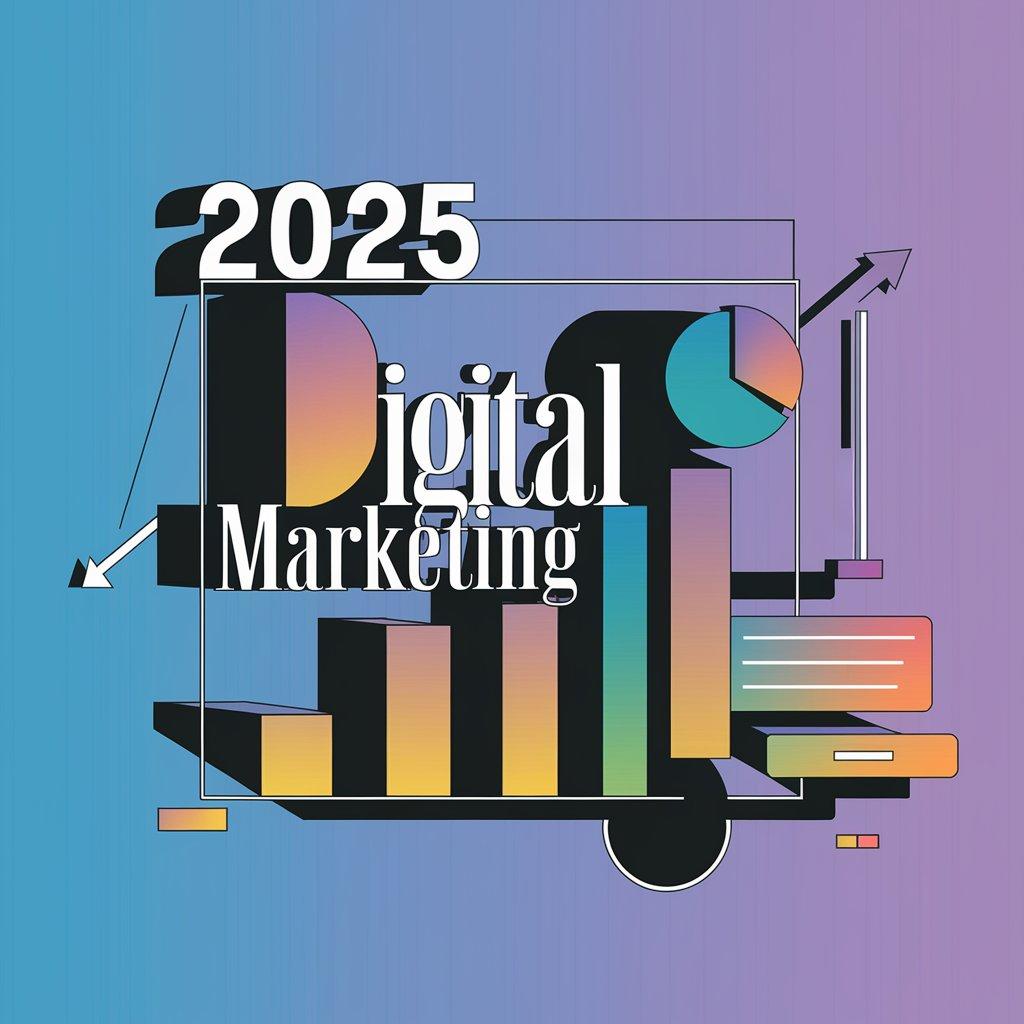In a world where attention spans are shrinking and information overload is the norm, infographics have emerged as one of the most powerful tools for engaging your audience. By combining data, design, and storytelling, infographics allow you to convey complex messages quickly and clearly.
As we step into 2025, infographics are not just a passing trend—they’ve become an essential element of digital marketing strategies. In this blog post, we’ll explore actionable tips on how to use infographics effectively in 2025, along with examples that show how this visual tool can elevate your content marketing strategy.
1. Why Infographics Matter in 2025
The digital landscape is constantly evolving, but one thing remains consistent: people love visuals. Infographics combine rich data with intuitive design, making them perfect for our fast-paced, information-driven world. As we approach 2025, here are a few reasons why infographics are crucial:
- Attention-grabbing: In an age of endless scrolling, a well-designed infographic stands out and captures attention almost instantly.
- Increased Engagement: Infographics make content more shareable, leading to higher engagement on social media and other digital platforms.
- Improved Retention: Visuals help people remember information longer. According to studies, we remember 80% of what we see, compared to just 20% of what we read.
- SEO Benefits: Infographics are great for increasing on-page time and generating backlinks, which helps with SEO.
In 2025, if you want your content to get noticed, you need t incorporate infographics into your strategy. They’re not just a nice-to-have; they’re a must-have for any brand looking to stay relevant and reach its audience effectively.
2. How to Use Infographics in 2025: 5 Tips for Success
Here are five actionable tips to help you create impactful infographics that resonate with your audience in 2025:
1. Keep It Simple and Focused
In 2025, simplicity is key. People’s attention spans are getting shorter, so your infographic needs to communicate your message in the clearest and most concise way possible. Avoid overloading your audience with too much information or complicated designs.
- Tip: Focus on one key message or data point and build the infographic around it. If you’re discussing a complex process, break it down into easy-to-follow steps.
- Example: A healthcare company might create an infographic titled "5 Steps to Maintain a Healthy Heart" with simple illustrations for each step, such as "Eat Healthy," "Exercise," "Get Enough Sleep," etc.
2. Leverage Data Wisely
Data is the backbone of many infographics. In 2025, making data digestible will be more important than ever. Instead of simply listing statistics, visualize them in a way that makes sense for your audience.
- Tip: Use charts, graphs, and pictograms to illustrate key points. For example, a bar chart could show a year-over-year comparison, or a pie chart could highlight the distribution of different market segments.
- Example: A financial firm could create an infographic showing “How to Build a Diversified Investment Portfolio,” using a pie chart to break down different asset classes (stocks, bonds, real estate, etc.).
3. Stay On-Brand with Design
In 2025, infographics must align with your overall branding. A strong, consistent visual identity across all your content helps build trust and recognition with your audience. Pay attention to the colour scheme, typography, and style of your infographics.
- Tip: Use your brand colours and fonts to ensure your infographics feel like a natural extension of your other marketing materials. If you have a logo, incorporate it subtly in your designs.
- Example: A tech startup might use bold, modern colours and sleek, minimalistic designs to match its innovative brand. On the other hand, a wellness brand might opt for soft, calming colours like pastels to reflect its brand personality.
4. Optimize for Mobile
With mobile internet usage continuing to rise, your infographics must be designed with mobile users in mind. In 2025, people are more likely to view your content on a smartphone than on a desktop, so make sure your infographics are mobile-friendly.
- Tip: Ensure your text is legible on smaller screens and that the design elements scale well on mobile. Keep the infographic at a width that is easily viewable on a phone screen and avoid cluttering the layout.
- Example: A travel company could create a compact, scrollable infographic for mobile users, detailing a quick guide to the best vacation destinations for 2025. The design could use large icons and easy-to-read text.
5. Make It Interactive
Interactivity will be a growing trend in 2025, especially in infographics. Adding interactive elements to your infographics can significantly boost user engagement and provide a deeper level of insight.
- Tip: Use tools like embedded interactive graphs or clickable elements that let users explore data in greater detail. Consider adding hover effects, clickable links, or even embedded videos to enrich the experience.
- Example: A real estate company might create an interactive infographic that allows users to explore property prices in different neighbourhoods, showing real-time updates based on the user’s selections.
3. FAQs About Using Infographics in 2025
Q: How do I make my infographic stand out in 2025?
A: To make your infographic stand out, focus on quality over quantity. Create clean, simple designs with clear visuals and data that speak directly to your audience’s needs. Use bold colours, modern typography, and compelling storytelling to make it memorable.
Q: What tools can I use to create professional infographics in 2025?
A: You can use several tools to create infographics, even if you’re not a graphic designer. Popular tools include:
- Canva: Easy to use with templates for beginners.
- Piktochart: Ideal for creating data-driven infographics.
- Adobe Illustrator: Perfect for professionals who need full creative control.
- Visme: Offers interactive features for advanced designs.
Q: How long should my infographic be?
A: Infographics should be as long as necessary to convey your message without overwhelming the viewer. In general, aim for an infographic that fits into one to two screens. Keep it concise and focused on the key takeaways.
Q: Can I use infographics in my social media marketing?
A: Yes! Infographics are perfect for social media platforms, as they are visually appealing and easily shareable. Consider creating square or vertical versions of your infographics to optimize them for Instagram, Pinterest, and other platforms.
Q: How can I track the performance of my infographics?
A: Use analytics tools to track engagement metrics like shares, comments, and clicks. You can also monitor how much traffic your infographic drives to your website or landing page. Google Analytics and social media insights can help you measure success.
4. Conclusion: Use Infographics to Boost Your Digital Strategy in 2025
Infographics are an incredibly powerful tool that can help your business stand out in 2025. By following the tips outlined above—keeping it simple, using data effectively, staying on-brand, optimizing for mobile, and adding interactivity—you can create infographics that engage your audience and drive meaningful results.
Remember, the key to a successful infographic is not just the design, but how it aligns with your overall marketing goals and speaks to your target audience’s needs.
If you’re ready to take your content strategy to the next level with stunning infographics, contact Optimum360 Agency today! Our team of experts can help you create compelling visuals that captivate your audience and enhance your brand’s visibility in 2025.
Take Action Today Looking to create impactful infographics for your business? Reach out to Optimum360 Agency and let us help you craft a strategy that leverages the power of visual content for maximum engagement and success!
Leave a comment
Your email address will not be published. Required fields are marked *

